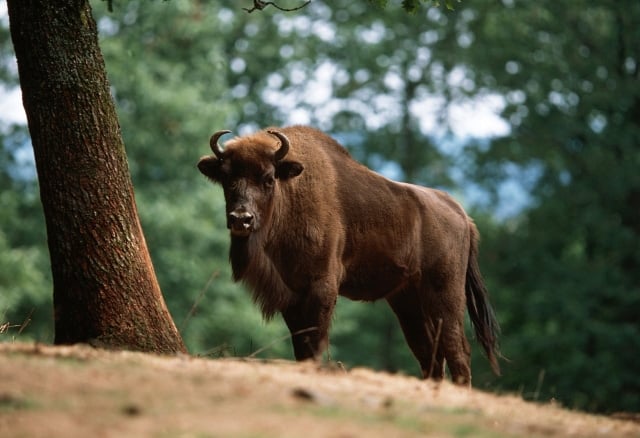
Grey wolves, Eurasian beavers, grey seals, and European bison have experienced some of the most robust population and geographic range recoveries.
The report, which was commissioned by the conservation organization Rewilding Europe, examined 50 European species.
The Zoological Society of London, BirdLife International, and the European Bird Census Council compiled the report.
The European Wildlife Comeback Report 2022 is a continuation of research conducted in 2013. It focuses primarily on species that have experienced recoveries within the last 40 to 50 years.
“This new report sheds light not only on which European wildlife species are recovering well, but also on why,” says Rewilding Europe Executive Director Frans Schepers.
“By learning from past successes, we can maximize the recovery of all species. The report also indicates that we must exert effort on multiple fronts to ensure that the recovery continues and that more species can benefit from it.”
According to the report, grey wolves are among the most remarkable success stories. At the end of the eighteenth century, they were widespread across most of Europe, but as human populations grew, their numbers began to decline. According to the report, they have now repopulated many regions in Europe, where their numbers increased by nearly 1,800% between 1965 and 2016. In order to protect livestock, certain Scandinavian nations have permitted the culling of wolves in agricultural areas.
Additionally, bird species such as barnacle geese, gryphon vultures, great white egrets, and Dalmatian pelicans are thriving. Rewilding Europe attributes these improvements to the legal protections provided by the EU Birds and Habitats Directives as well as changes in land use and policy.
Not every sampled species was on the rise. According to the report, the future of the ringed seal is uncertain because its breeding habitat has drastically decreased due to reduced ice cover.
Sophie Ledger of the Institute of Zoology at the Zoological Society of London stated that the findings gave cause for optimism.
She stated, “This report provides cause for optimism and demonstrates that wildlife can recover if given the chance and with well-targeted conservation efforts.”













